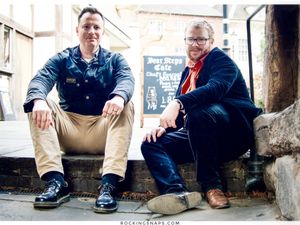Tracey Emin says damehood marks another surprise twist in her life
The artist has become known for her autobiographical and confessional work.
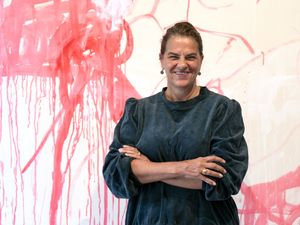
British artist Tracey Emin has said that being made a dame is “another brilliant surprise” in her life.
The artist, known for her headline-grabbing 90s works Everyone I Have Ever Slept With and My Bed, has been given a damehood in the King’s Birthday Honours list for her services to art.
“Dame Tracey has a good ring to it,” the 60-year-old said in a statement to the PA news agency.
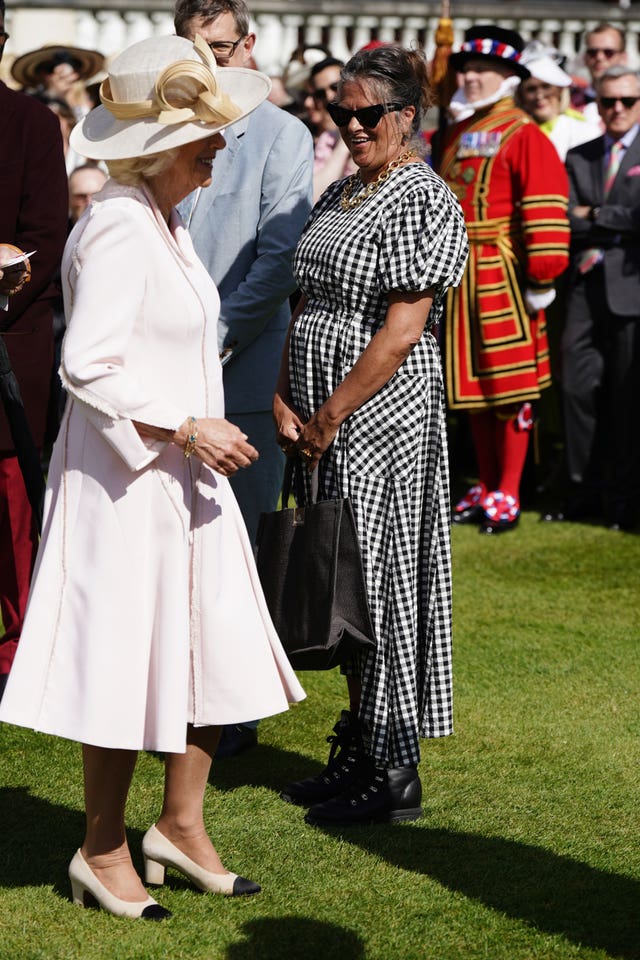
“I’m very very happy. Another brilliant surprise in my life.”
Born in 1963 in Croydon, south London, fashion student Dame Tracey dropped out of Medway College of Design in the 1980s to become a high-profile and notorious member of the group of contemporary artists dubbed the YBAs (Young British Artists).
During this time, Everyone I Have Ever Slept With 1963–1995, featuring a tent adorned with 102 names, was shown at Charles Saatchi’s Sensation exhibition held at the Royal Academy in London.
Since then, she has become known for her autobiographical and confessional artwork.
My Bed, an art installation featuring an unmade bed covered in debris, sold for more than £2 million at auction.
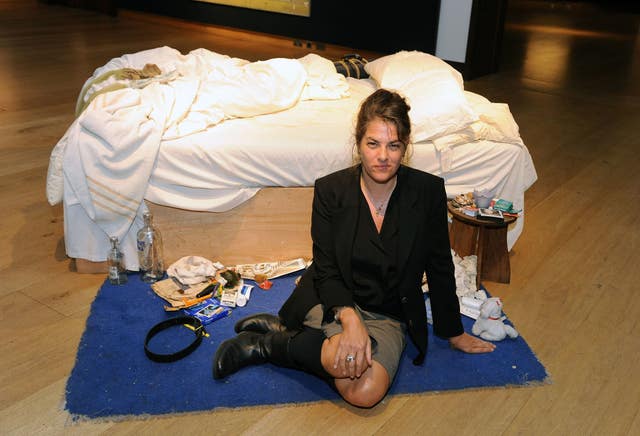
It was also among the contenders for the 1999 Turner prize, which was won by Steve McQueen for his film and video works.
Other works from Dame Tracey have included a 2018 neon sign in London’s St Pancras station saying “I want my time with you”, and a 2020 Royal Academy exhibition which showcased her paintings alongside the work of Edvard Munch.
Dame Tracey has often expressed her admiration for Norwegian painter Munch.
“I fell in love with the paintings of Edvard Munch, because he made a painting called Jealousy that was about himself,” she told The Independent in 2009.
“I thought it was an incredibly open, self-effacing and defiant thing for a man in the early 20th century to do. By openly displaying his weakness it empowered him and gave him strength.”
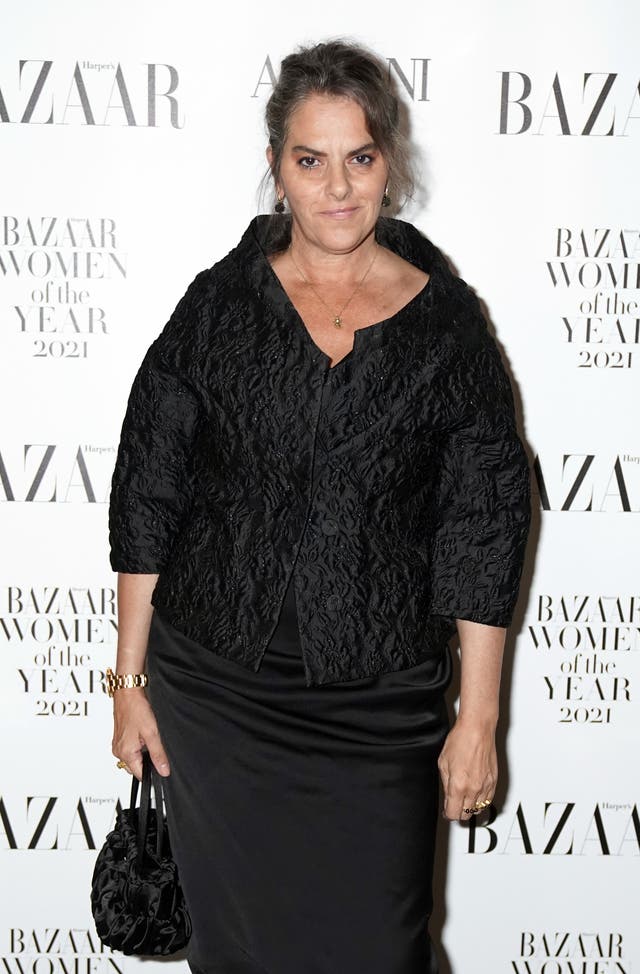
In 2020, Dame Tracey was diagnosed with bladder cancer after discovering a tumour while working on a painting of a malignant lump, and underwent surgery which saw many of her reproductive organs removed and she was fitted with a stoma bag.
She later unveiled a new collection of nudes, for a show called A Journey To Death, which she said was a response to the cancer and resulting surgery.
In an interview with The Guardian, she spoke about having had a full hysterectomy, telling the publication: “Is this sexy? No, of course it isn’t. Everything’s changed for me. My whole life has changed.”
She also said at the time that she believes she had a premonition, when her entire world suddenly went dark and she saw an apparition, before her diagnosis.
She added: “It was during the first lockdown, just before the banging of the saucepans for the NHS.
“It was light, I was sitting in my living room waiting to look out the window and the TV was on – and suddenly it went off, the room went completely dark, and this apparition came towards me. I went, ‘Oh, f****** hell!'”

In 2007, she represented the United Kingdom at the Venice Biennale, which is considered one of the world’s most famous art exhibitions.
The celebration of contemporary art takes place every two years, alternating with architecture, and Dame Tracey, at the time, was only the second solo British female artist at the Pavilion, following Rachel Whiteread in 1997.
During her early years, Dame Tracey studied painting at the Royal College of Art in London.
She later confessed that she destroyed all of the paintings she created during her time by “throwing them into a skip”, admitting she loved painting but was “still really afraid of it”.
“It wasn’t because I didn’t care about them. It was because I cared about them too much,” she said in an interview published in The Perfect Place To Grow: 175 Years Of The Royal College of Art.


